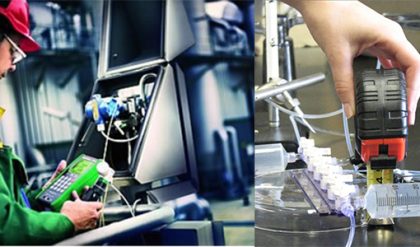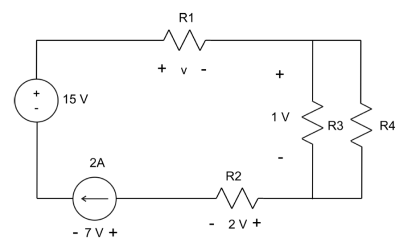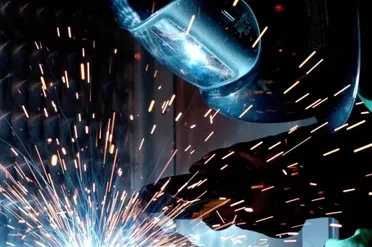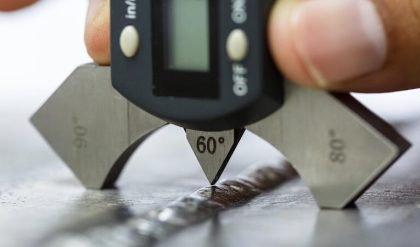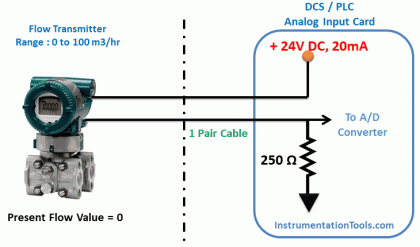Clearances and leakage prevention are the chief considerations in plug valves. Many plug valves are of all metal construction. In these versions, the narrow gap around the plug can allow leakage. If the gap is reduced by sinking the taper plug deeper into the body, actuation torque climbs rapidly and galling can occur. To remedy this condition, a series of grooves around the body and plug port openings is supplied with grease prior to actuation. Applying grease lubricates the plug motion and seals the gap between plug and body. Grease injected into a fitting at the top of the stem travels down through a check valve in the passageway, past the plug top to the grooves on the plug, and down to a well below the plug. The lubricant must be compatible with the temperature and nature of the fluid. All manufacturers of lubricated plug valves have developed a series of lubricants that are compatible with a wide range of media. Their recommendation should be followed as to which lubricant is best suited for the service.
The most common fluids controlled by plug valves are gases and liquid hydrocarbons. Some water lines have these valves, provided that lubricant contamination is not a serious danger. Lubricated plug valves may be as large as 24 inches and have pressure capabilities up to 6000 psig. Steel or iron bodies are available. The plug can be cylindrical or tapered.
Nonlubricated Plugs
There are two basic types of nonlubricated plug valves: lift-type and elastomer sleeve or plug coated. Lift-type valves provide a means of mechanically lifting the tapered plug slightly to disengage it from the seating surface to permit easy rotation. The mechanical lifting can be accomplished with a cam or external lever.
In a common, nonlubricated, plug valve having an elastomer sleeve, a sleeve of TFE completely surrounds the plug. It is retained and locked in place by a metal body. This design results in a primary seal being maintained between the sleeve and the plug at all times regardless of position. The TFE sleeve is durable and inert to all but a few rarely encountered chemicals. It also has a low coefficient of friction and is, therefore, self-lubricating.
Manually Operated Plug Valve Installation
When installing plug valves, care should be taken to allow room for the operation of the handle, lever, or wrench. The manual operator is usually longer than the valve, and it rotates to a position parallel to the pipe from a position 90° to the pipe.
